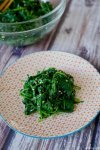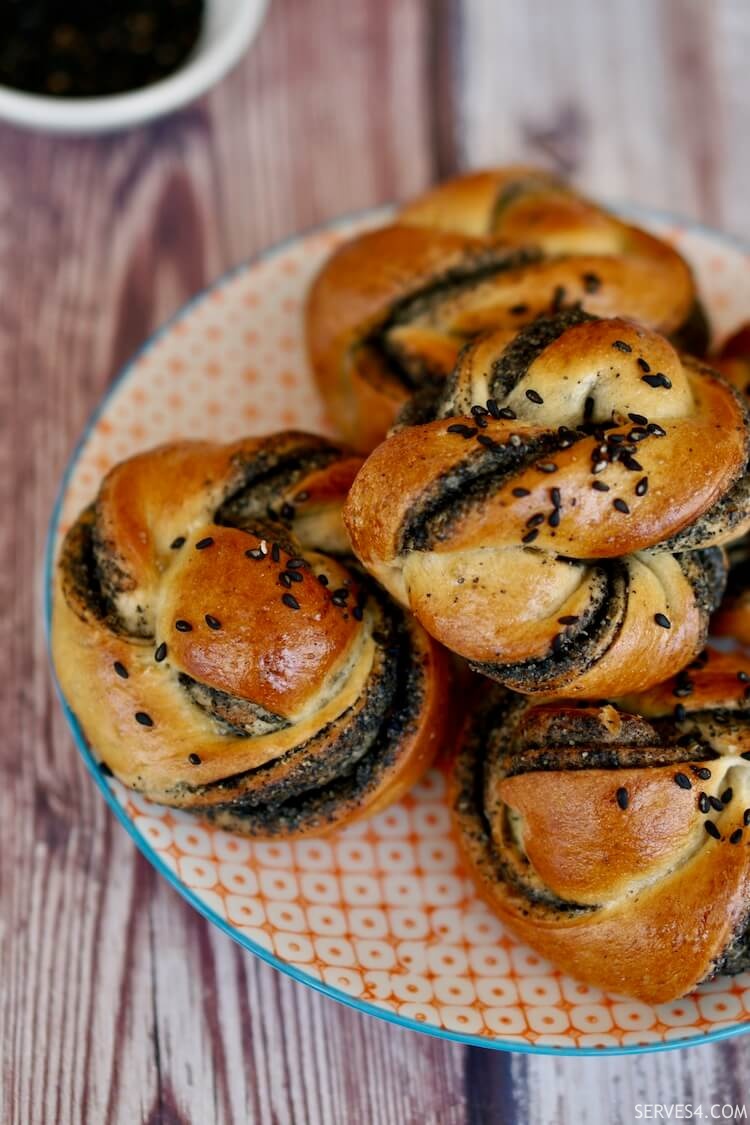- Serves 4
- Freezer Cooking
Freezer Cooking
This page may contain affiliate links, which means we receive a small commission for purchases made using the links. There is no additional cost to you. Please read our full disclosure policy.
So what exactly is freezer cooking?
Some call it batch cooking, but this method of cooking is more specific than that. Basically, you prepare a large quantity of food in advance, divide it into smaller portions, and store it in the freezer for future use.
This method of cooking is the only reason why I, as a mother working full time, was able to continue cooking all of my baby’s meals. And I would enthusiastically recommend it to every busy mother who wants to cook for her baby.
Why freeze baby's food?
As a new mother, your time is already limited, but as a new mother who also works or is very busy, any free time is even more precious.
Yet you feel very strongly about cooking homemade food for your baby, so how can you also manage this?
You guessed it.
Freezer cooking allows you to cook a large batch of food now and save several portions in the freezer for later use. This means you only need to cook a few days each month and will have enough food to last baby for several months ahead!
It also means there is always food for baby on hand, in case of any last minute change of plans. It’s not hard to see the appeal…
Rather than stressing about what to feed baby for each meal, simply take out a portion of food from the freezer, defrost and reheat, and voila – your baby has a ready meal. Freezer cooking offers all the same convenience of frozen TV dinners, but they are healthier and also cheaper per meal!
Freezer cooking is particularly useful for workweek meals, when a nanny or other carer may be looking after baby. All you need to do is set out baby’s food in the refrigerator the night before, and it’s ready the next day for an adult to reheat and feed it to him.
If you are unable to eat meals with your baby during the week, try to eat as many meals together as a family on weekends, whether it be going out or cooking a meal at home. This will help to develop baby’s social dining skills and table manners.
Is there any downside?
I personally haven’t found there to be any serious downside to freezer cooking, although you will need to be prepared to spend concentrated bursts of time for several days each month, cooking baby’s food.
Freezer cooking requires some advance planning in food shopping – you’ll want to make sure you have all the necessary ingredients before starting. You’ll also need to make sure you have the required cooking and storing equipment to hand.
It’s also worth bearing in mind that, as your freezer becomes more and more full of packets of frozen baby food, there will gradually be less and less space for storing anything else. ;-)
And, if you’re like me and hate the cold, then you won’t particularly like handling the frozen food. But, in my opinion, it’s completely worth the effort in order to limit time spent in the kitchen each day, whilst still being able to provide baby with homemade food.
Tips for successful freezer cooking
Practice makes perfect, and the same applies to the art of freezer cooking. Based on my own trials and errors, below are a few thoughts on how to improve your experience:
Have the right freezing trays
There are all sorts of baby food storage pots and freezing trays on the market – the choices are mind-boggling and endless. Initially, however, when your baby is still eating small quantities of fruit and vegetable purees, you can get away with using standard ice cube trays to freeze baby’s food.
Each compartment in a standard ice cube tray holds about 1Tbsp (15ml) in volume – a useful unit for measuring baby’s purees. Most domestic freezers will come with a set of ice cube trays, so you can save having to buy larger food freezing trays until baby’s appetite has increased.
When baby builds up to eating 6-8Tbsps per meal and has moved onto Stage 2 weaning, I found it made more sense to use larger trays, where each compartment holds approximately 4Tbsps (60ml) in volume. My favourite are the round-based silicon moulds that have clip-on lids to cover the food, preventing any spills or odours in your freezer.
Flexible silicon trays are easier for pushing frozen food out of the compartments, although if your freezer is very cold, you may need to allow the food to thaw for a few minutes at room temperature to make it easier to extract. I like to have enough trays to freeze at least 20 large cubes, ensuring sufficient storage for a suitably large quantity of food.
Keep plenty of zip-sealed plastic bags handy
Make sure to keep plenty of zip-sealed plastic freezer bags or plastic freezer containers with tight-closing lids around for storing baby’s food. I prefer to use plastic bags, as you can easily write the date and contents on the outside, allowing for easier identification later on.
Transfer the frozen cubes of baby food into the plastic bags after 24 hours of freezing. Plastic bags take up less space, allowing you to store more in your freezer; they also free up the freezing trays for use with the next batch of cooked food.
The smallest size of zip-sealed bags is useful for storing small cubes of fruit and vegetable puree. Once you are freezing food in the larger trays, the medium-sized zip-sealed bags make more sense, as they hold larger quantities.
There are some dishes, such as lasagne or fishcakes, that can’t be easily placed into trays for freezing. In these situations, you can freeze individual portions first in plastic containers, and transfer them later into plastic bags, to save space.
Make sufficient freezer space
It goes without saying that, when freezer cooking, the larger the freezer, the better. Ideally, you’d have a separate deep freeze for storing food, but if you don’t have that luxury, the freezer section of a combination fridge-freezer will also work.
If you cook enough food to keep baby going for several months, expect your freezer space to fill up quickly! There isn’t really space in our freezer for much else apart from baby’s food, but it’s a sacrifice I’m willing to make to ensure I am able to continue cooking for him.
If you have a small freezer or limited space that you can dedicate to baby’s food, it’s still worth continuing with freezer cooking – just bear in mind that you may have to cook slightly more frequently, as your baby food stores run down quicker.
Rotate meals regularly
Freezer cooking for baby works best if you rotate meals regularly, to ensure both that baby eats a variety of foods and that you don’t end up cooking the same foods over and over again. Eating a wide variety of foods early on helps keep baby from becoming a fussy eater when he grows older.
When meal planning, I find that a 2-week meal rotation introduces a sufficient number of varied dishes at regular intervals, yet doesn’t require you to constantly think of new things to cook. You may find that you have several consecutive days each month of cooking many dishes, but you should then be able to go several weeks between these cooking marathons, which really maximises time away from the kitchen.
Use food within 6 months
When freezing prepared meals for storage, cover the food to prevent any odours from seeping into your freezer or any dust or other particles from dropping in. Whilst freezer cooking allows you to store baby’s food for future use, make sure you don’t store it indefinitely in your freezer.
Always use the food within 6 months of cooking (although if you follow the suggested meal planning rotation, you should be using up food well within this timeframe), so remember to label each batch with the date of preparation.
Food that has been left in your refrigerator’s freezer section for too long can begin to lose its freshness, thereby compromising flavour. Valuable nutrients can also begin to degrade, and food can also suffer freezer burn, altering its texture and making it taste generally bland and a bit boring.
What's on your mind?
Let us know any thoughts, comments or questions by getting in touch here.







